Gamified Training vs. Traditional Training: What’s Right for Your Team?


Learning at work is changing. Traditional classroom sessions and e-learning videos are giving way to more immersive, interactive approaches. Among them, gamified training has emerged as a hot favourite. But is it just a buzzword—or a real value addition? Let’s compare it with traditional training to understand what truly drives engagement and results.
With remote work, digital fatigue, and shrinking attention spans becoming the norm, organisations are under pressure to reimagine how learning happens. Simply ticking off compliance modules or hosting annual workshops no longer cuts it. Employees today seek experiences that are relevant, dynamic, and even enjoyable. This is where gamified training steps in—not as a replacement, but as a powerful enhancement to how we build skills and behaviours that stick.
Resource Corner: Looking for board game simulations to redefine your corporate training programs?
What Is Gamification in Corporate Training?
Gamification in corporate training refers to using game-like elements—such as points, challenges, and rewards—within professional learning environments. Unlike games built purely for entertainment, corporate gamification is purposeful. It aligns learning activities with real business goals, such as improving decision-making, encouraging collaboration, or enhancing product knowledge. The objective isn’t just to make learning fun—it’s to make it stick.
A gamified sales programme rolled out by Pfizer achieved a 65% increase in knowledge retention.
By tapping into natural human instincts—competition, recognition, achievement, and progress—gamified training transforms routine sessions into high-engagement experiences. For example, leaderboards motivate employees to outperform their peers. Badges signal accomplishment. Simulations mimic real-world scenarios, helping learners make decisions in a risk-free environment.
The result? Learning feels less like a mandatory chore and more like a personal challenge worth conquering—where every right move earns validation, and every misstep becomes a learning moment.
Traditional Training Models: Lecture, Classroom & e-Learning Basics
Traditional training, whether instructor-led or digital, usually follows a linear format:
- Lectures or presentations
- Passive videos or slide decks
- Assessments at the end
These approaches are designed to deliver information efficiently, often to large groups at once. In classrooms, instructors lead with minimal interaction. In e-learning, employees click through slides or watch videos—sometimes on mute. The content may be accurate and well-structured, but the experience is often one-way and impersonal.
As a result, learners become passive participants. They absorb information for the moment but rarely engage deeply enough to apply it meaningfully. There’s limited room for experimentation, peer interaction, or immediate feedback—all of which are essential for adult learning.
Moreover, tracking effectiveness is a challenge. Completion rates don’t tell you whether the learner understood, retained, or used the knowledge. Managers and L&D teams are left guessing: Did the training improve performance? Did it change behaviour? Traditional models often fall short of providing clear, measurable answers.
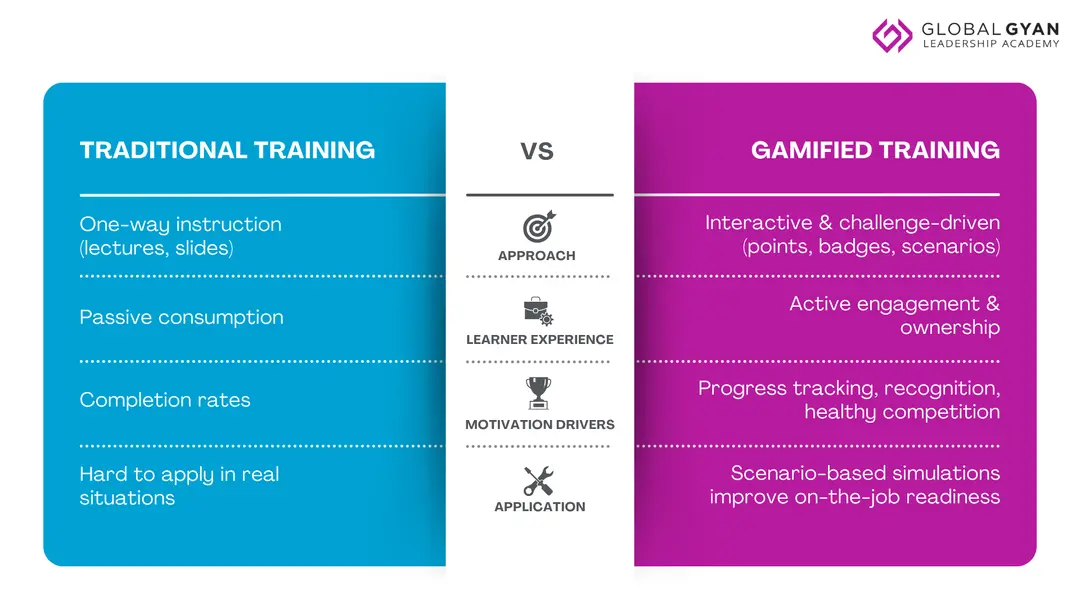
The Science of Gamification and Learning: Key Theories Behind Gamified Training
The success of gamified training isn’t accidental—it’s backed by solid learning theory:
- Self-Determination Theory: Gamification meets our need for competence, autonomy, and connection. Earning rewards builds confidence, choice-based learning promotes control, and multiplayer elements create a sense of belonging—driving intrinsic motivation and sustained engagement.
- Flow Theory: When tasks are neither too easy nor too hard, learners enter a “flow” state—deep focus and enjoyment. Gamified levels and progressive challenges help maintain this balance, leading to better concentration and learning absorption.
- Behavioural Conditioning: Instant feedback and small rewards reinforce positive learning behaviours. When learners see progress or receive recognition, they’re encouraged to continue. This reward loop builds consistency and drives higher participation over time.
Gamification and learning go hand in hand because learners enjoy the process and are more likely to apply what they’ve learned.
Read Also: Where is Corporate Training headed in 2025?
Game Mechanics vs. Gamification Techniques for Corporate Training
Let’s break down common gamification techniques for corporate training:
- Points – Learners earn points for completing tasks, answering questions, or collaborating. This creates instant feedback and reinforces progress, turning routine activities into goal-driven challenges.
- Badges – Badges are digital symbols of achievement. They mark milestones—like mastering a skill or finishing a level—and provide learners with visible recognition and a sense of accomplishment.
- Leaderboards – Leaderboards rank learners based on performance. They add a layer of friendly competition, encouraging individuals or teams to stay engaged and strive for improvement.
- Simulations – Simulations mimic real-world business scenarios, letting learners make decisions in safe environments. They build critical thinking, problem-solving, and decision-making skills through experiential learning.
The magic lies in combining these techniques to drive motivation and participation.
89% of employees say gamification makes them more productive and happier at work.
Engagement & Motivation: How Gamified Training Outperforms Traditional Learning
Gamified learning energizes even the most reluctant learners. Here’s how it boosts motivation:
- Real-time feedback keeps learners engaged. Instant feedback helps learners correct mistakes on the spot, reinforcing understanding and keeping their attention throughout the learning journey.
- Achievements and challenges create purpose. Structured challenges and milestone rewards give learners a clear sense of direction, motivating them to push forward with enthusiasm.
- Leaderboards tap into intrinsic and peer-driven motivation. Seeing one’s name on a leaderboard encourages healthy competition, inspiring learners to stay consistent and outperform their peers.
- Simulation-based scenarios offer safe environments for trial and error. Simulations allow learners to experiment without real-world consequences, building confidence through hands-on experience and decision-making practice.
- Recognition through badges and rewards fuels consistency. Earning badges and rewards for progress keeps learners motivated over time, making the experience more satisfying and habit-forming.
In contrast, traditional training lacks this dynamism and fails to hold attention, especially for digital-native employees.
Resource Corner: Harness your inner strengths, make wise choices, and overcome challenges to emerge as the ultimate leader.
Designing Gamified Training Programs: Step-by-Step Guide
Ready to try it? Here’s a basic roadmap for designing gamified learning:
- Define learning objectives – Clearly outline desired skills or behaviours so every game element aligns with a measurable learning outcome.
- Choose the right game mechanics – Select elements—like points, badges, or leaderboards—that best match your audience, content, and motivation goals.
- Create real-world scenarios – Design relevant dilemmas or simulations that reflect on-the-job decisions, helping learners apply knowledge practically.
- Incorporate feedback loops – Provide instant feedback so learners can adjust, reflect, and improve as they progress through the content.
- Measure impact – Track learner engagement, completion rates, and behavioural changes to evaluate training effectiveness and ROI.
This approach ensures that gamification isn’t just a gimmick, but a learning strategy with business alignment.
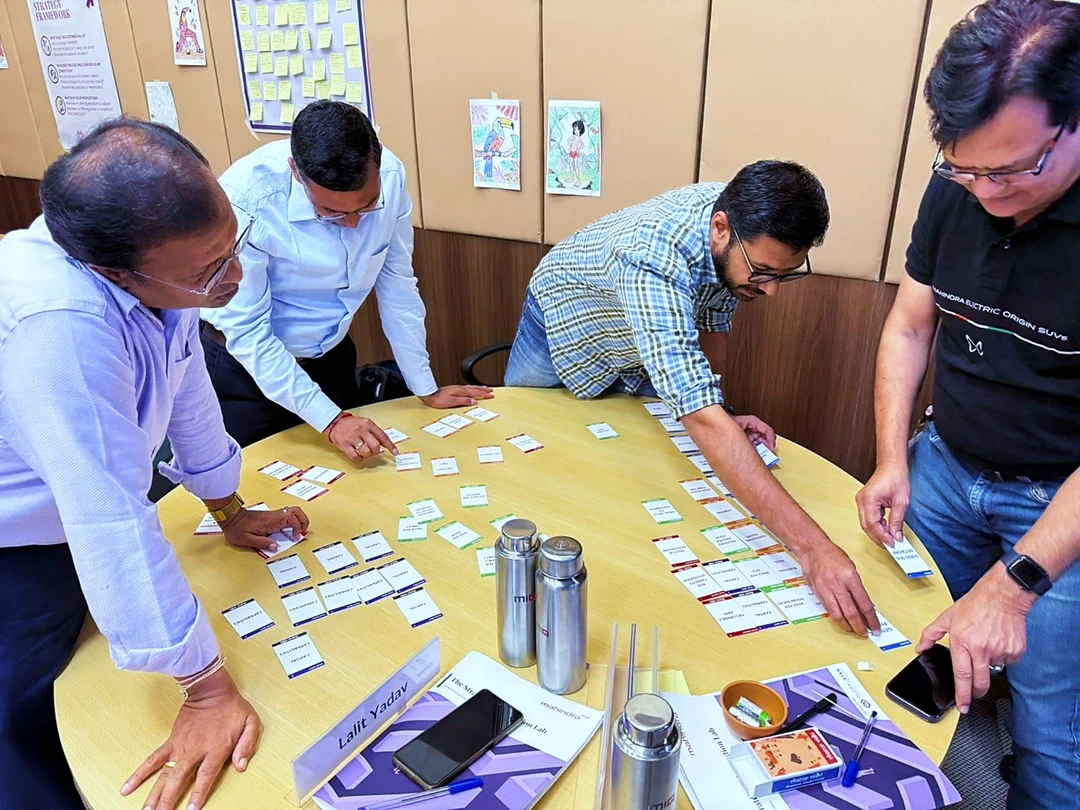
Future Trends: Gamification in Education and Corporate Learning (AI, VR, Analytics)
The future of gamified training is evolving fast:
- AI-powered personalization – Adaptive content and scoring
AI customizes learning paths based on individual performance and behaviour, offering tailored challenges, feedback, and rewards that adapt in real time.
- VR simulations – Realistic learning in 3D environments
Virtual reality immerses learners in lifelike scenarios, enhancing experiential learning through hands-on practice in simulated workspaces, crisis situations, or customer interactions.
- Predictive analytics – Track patterns, predict dropouts, intervene early
Learning platforms will use data trends to identify disengaged learners early, enabling timely support, nudges, or content changes to reduce dropout rates.
- Microlearning + gamification – Bite-sized, addictive content that fits busy schedules
Combining short, focused lessons with gamified elements keeps learners consistently engaged—ideal for just-in-time learning and fast-paced corporate environments
Expect gamification in education and corporate learning to become more intuitive, data-driven, and immersive.
Choosing the Right Mix: When to Use Gamified Training vs. Traditional Training
Not every topic needs badges and buzzers. Use gamification when:
- You want to teach decision-making, collaboration, or behaviour change
- The audience is digital-savvy and attention-deficient
- You aim to apply knowledge, not just recall it
Stick with traditional formats for policy updates, compliance checklists, or high-theory concepts that don’t benefit from interactivity.
Often, a blended approach works best—use gamified methods to spark interest and traditional methods to reinforce understanding.
Wrapping Up: Learning Outcomes with Gamification in Corporate Training
Corporate learning is at a turning point. Gamification in corporate training is not about turning work into play—it’s about bringing the power of engagement into learning. It helps learners participate more, remember better, and apply faster.
Whether you’re an HR leader, L&D head, or a business manager looking to energize your teams, it’s time to rethink your training toolkit.
Curious to see gamification in action?
Explore GlobalGyan’s board game simulations and experiential leadership programs—designed to turn learning into action and strategy into results. Get in touch with our representative Anushua Bag (anushua@globalgyan.in) today!
FAQs:
- What is the difference between gamification and traditional learning?
Gamified training uses gamification techniques for corporate training to boost engagement, unlike passive traditional methods. It redefines gamification and learning outcomes.
- Do 90% of employees say gamification makes them more productive at work?
Nearly 89% say gamification in corporate training boosts productivity. Corporate gamification drives focus and motivation in gamified training environments.
- What is the impact of gamification in modern corporate training programs?
Gamification in education and corporate gamification improve retention, engagement, and application—proving gamification and learning are powerful when embedded through gamified training methods.
- Which is better gamification or game-based learning?
Gamification in corporate training uses real work scenarios. Gamified training applies gamification techniques for corporate training unlike pure gamification in education games.

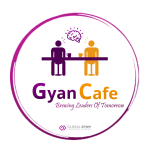


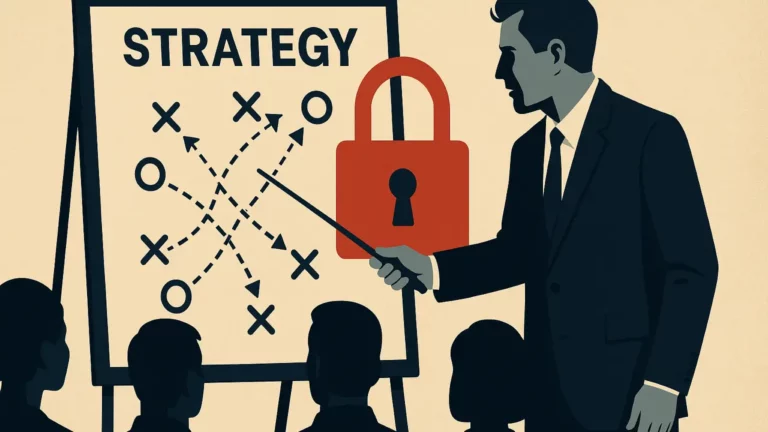
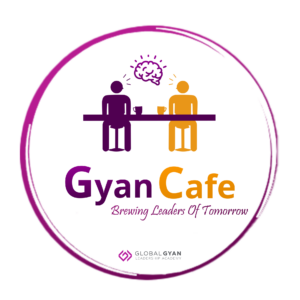
Responses